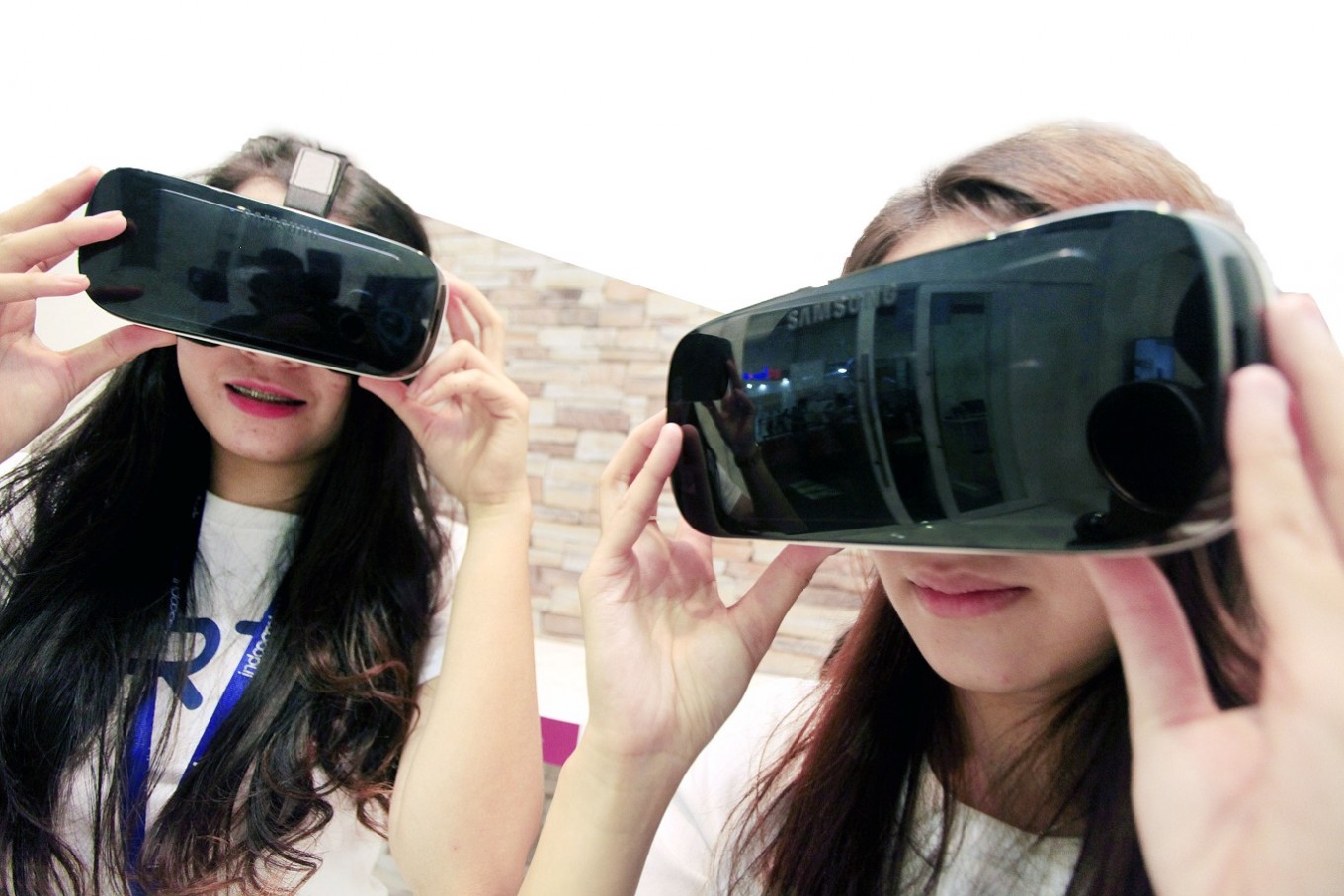Popular Reads
Top Results
Can't find what you're looking for?
View all search resultsPopular Reads
Top Results
Can't find what you're looking for?
View all search resultsVirtual reality may reduce paranoia in psychotics: Study
Change text size
Gift Premium Articles
to Anyone
V
irtual reality-based therapy combined with standard treatment reduced paranoia and anxiety in people with psychotic disorders, scientists reported Friday (Feb 9).
In clinical trials involving 116 patients in the Netherlands, virtual reality exercises led to less fraught social interactions, a team wrote in The Lancet Psychiatry.
More research is needed to confirm the long-term benefits of such technology, which gave the impression of being in an alternate reality populated by life-like avatars.
Up to 90 per cent of people with psychosis suffer from paranoid thoughts, leading them to perceive threats where there are none.
As a result, many psychotics avoid public places and contact with people, spending a lot of time alone.
So-called cognitive behaviour therapy (CBT) - in which therapists help patients break down seemingly overwhelming problems to render them less threatening - helps reduce anxiety, but does little to quell paranoia.
Researchers led by Roos Pot-Kolder of VU University in the Netherlands extended this method into a virtual environment.
For the trial, the 116 participants - all receiving standard treatment, including antipsychotic medication and regular psychiatric consultations - were divided into two groups of 58.
Read also: Virtual reality, interactive avatars among cruise trends of 2018
Only one group practised social interactions in a virtual environment.
The treatment consisted of 16 one-hour sessions over 8-12 weeks in which the participants were exposed, via avatars, to social cues that triggered fear and paranoia in four virtual settings: a street, a bus, a café and a supermarket.
Therapists could alter the number of avatars, their appearance, and whether pre-recorded responses to the patient were neutral or hostile.
The therapists also coached participants, helping them to explore and challenge their own feelings in different situations, and to resist common "safety behaviours" such as avoiding eye contact.
Participants were assessed at the start of the trial, as well as three and six months afterwards.
Exposure to virtual reality did not increase the time participants subsequently spent with other people, the study found.
But it did affect the quality of their interactions.
"The addition of virtual reality CBT to standard treatment reduced paranoid feelings, anxiety, and use of safety behaviours in social situations, compared with standard treatment alone," said lead author, Roos Pot-Kolder, a researcher at VU University, Netherlands.
The virtual reality CBT group - which showed no adverse effects - went on to use fewer "safety behaviours".
"With the development of virtual reality and mobile technology, the range of tools available in psychotherapy is expanding," Kristiina Kompus of Bergen University said in a comment also carried by the journal.











